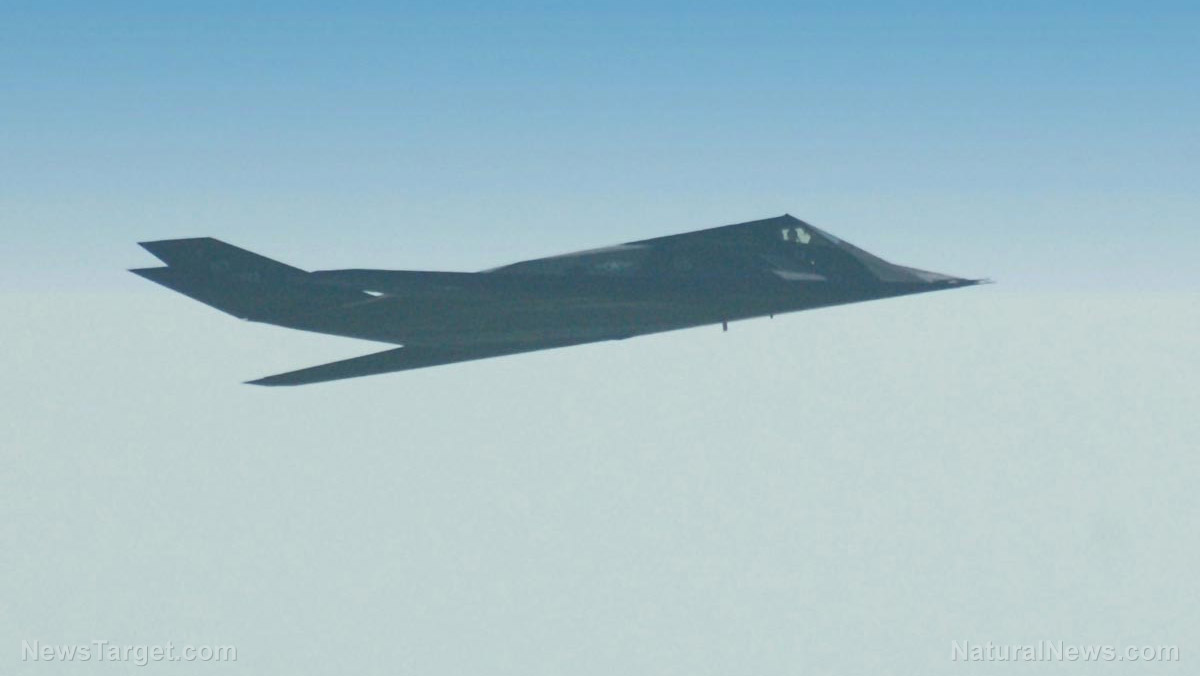 Parler
Parler Gab
Gab
- A new interstellar object was detected entering our solar system.
- Its unusual brightness sparked theories of a possible artificial origin.
- New radio telescope data has detected natural emissions from the object.
- This confirms the object is a natural comet, not an alien probe.
- The discovery ends speculation but provides a rare study of ancient cosmic material.
A natural signal from space
The critical discovery was made on October 24, just days before the comet's perihelion, or closest solar approach, on October 29. The MeerKAT telescope, an array of 64 radio dishes, detected specific radio emissions from the object. This was not a structured, technological signal but a natural emission tied to the presence of hydroxyl radicals, or OH molecules, in the comet’s coma. This finding is significant because these radicals are a direct byproduct of cometary activity. They are formed when frozen water molecules on the comet's surface break down after being heated by the sun, a process known as outgassing. The detection of this process is considered a clear and classic sign of a natural comet, not a manufactured object. This radio signal confirmation adds to a growing body of evidence that points to a natural origin. In early October, NASA researchers had already observed water spewing from 3I/ATLAS. The new radio data simply confirms that this water is behaving exactly as scientists would expect, breaking down under intense solar radiation during its close pass by the sun.Closing the door on speculation
Despite this definitive evidence, the door to speculation was not immediately closed. In a blog post addressing the new findings, Loeb acknowledged the detection of the hydroxyl radicals but notably did not state that this confirmed classic cometary activity or rule out a technological explanation. This hesitation to concede to the data highlights how a narrative, once established, can be difficult to dismantle even in the face of contradictory facts. The comet has displayed other unusual traits, such as an overabundance of carbon dioxide and a puzzling anti-tail, which conspiracy theorists latched onto. However, the astronomical community has provided natural explanations for all these anomalies. The consensus is nearly unanimous: 3I/ATLAS is a natural comet, likely one of the oldest ever observed, ejected from an alien star system up to seven billion years ago. The story of 3I/ATLAS is not one of alien contact, but of an ancient traveler from a distant star, offering a rare glimpse into the composition of planetary systems far beyond our own. As it continues its journey out of our solar system, it leaves behind a valuable lesson about the importance of following the data, wherever it may lead. Sources for this article include: LiveScience.com Wired.com Gizmodo.comForeign ownership near strategic bomber base raises national security alarms
By Willow Tohi // Share
Loss of rare brain cells may explain how stress leads to dementia, study shows
By Cassie B. // Share
A newly discovered law of nature explains why nothing grows forever
By Lance D Johnson // Share
A clean charge: New reactor turns battery waste into high-purity treasure
By Willow Tohi // Share
Autism’s genetic code: Scientists uncover two distinct paths to diagnosis
By Willow Tohi // Share
An ominous warning from the epicenter of AI
By willowt // Share
Foreign ownership near strategic bomber base raises national security alarms
By willowt // Share
A newly discovered law of nature explains why nothing grows forever
By ljdevon // Share
ICE arrests El Salvador's MOST WANTED gang member amid rising tensions over immigration enforcement
By ramontomeydw // Share









